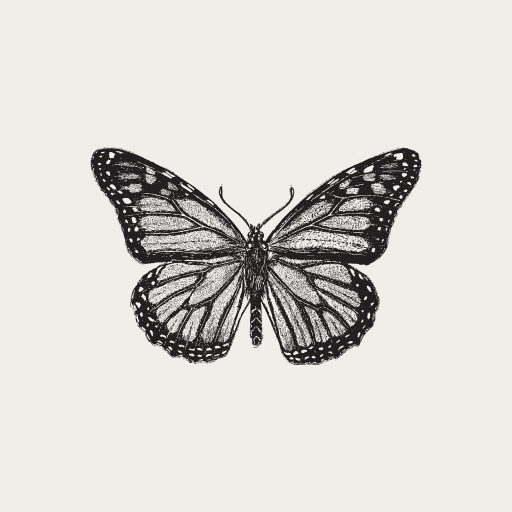Preventing Erosion and Rebuilding Habitats with Native Species
Wildfires are a harsh reality for many landscapes, leaving behind scorched earth and damaged ecosystems. While the immediate aftermath can seem devastating, nature has its way of healing—provided we give it the right tools. One of the most effective ways to aid in the restoration of post-wildfire landscapes is by introducing native plants. These resilient species are not only essential in preventing soil erosion but also serve as the foundation for rebuilding habitats and nurturing biodiversity.
The Impact of Wildfires on Landscapes
When wildfires sweep through forests, grasslands, and other ecosystems, they leave behind a trail of destruction. Beyond the loss of trees and plants, the soil itself becomes vulnerable. Without the protective cover of vegetation, the landscape becomes susceptible to erosion. Rainwater can quickly wash away nutrient-rich topsoil, and without the proper stabilization, the environment can struggle to recover. In the long term, these areas can become more prone to flooding, nutrient depletion, and the encroachment of invasive species, further complicating the healing process.
Why Native Plants Are Essential for Restoration
Native plants are uniquely suited to thrive in the specific climates and soils of their regions. After a wildfire, their natural resilience becomes a key asset. Many native species have adapted to local conditions, including the extreme heat and drought that often accompany fires. Their deep-rooted systems are particularly effective at stabilizing soil, reducing erosion, and preventing further degradation of the land.
Additionally, native plants are essential for rebuilding wildlife habitats. They offer a food source and shelter to animals that were displaced by the fire, helping to repopulate areas with biodiversity. These plants also provide a natural barrier against the spread of invasive species, which can take advantage of post-fire landscapes and dominate the environment, making it even harder for native species to return.
The Role of Native Plants in Biodiversity
Biodiversity is at the heart of a thriving ecosystem, and native plants are crucial in supporting it. When used to restore landscapes, these plants create a stable, diverse habitat that attracts a wide variety of pollinators, birds, and insects. This rich biodiversity is vital for rebuilding the ecosystem’s health and ensuring that it functions effectively for years to come.
In the aftermath of a wildfire, invasive species are often quick to move in, taking advantage of the bare, exposed landscape. By introducing native plants, we can prevent these invaders from establishing themselves and allow native flora and fauna to flourish. The balance they create in the ecosystem helps bring stability back to the environment, benefiting everything from pollinators to larger wildlife.
Practical Steps to Restore Landscapes Using Native Plants
- Choosing the Right Native Species: Research and identify native plants that are well-suited to your region and the specific post-wildfire conditions. Local conservation groups, nurseries, or botanical gardens can offer valuable guidance on the best plant species for restoration.
- Collaborating with Local Conservation Efforts: Look for local restoration projects or organizations focused on post-wildfire recovery. Volunteering your time or donating to these initiatives helps support larger-scale restoration efforts and can connect you to valuable resources.
- Creating a Post-Wildfire Restoration Plan: Develop a comprehensive plan that includes selecting native species, preparing the soil, and maintaining the landscape to ensure the long-term success of the restoration. Patience and care are crucial during this process, as it can take time for ecosystems to fully heal.
Restoring Hope Through Nature: A Personal Reflection on the Power of Native Plants
The recovery of a landscape after a wildfire is a slow and complex process, but native plants are the key to its success. Their ability to prevent erosion, rebuild habitats, and support biodiversity makes them indispensable in post-wildfire restoration efforts. Whether you’re a landowner, a gardener, or a passionate conservationist, there’s always something you can do to help restore these vital ecosystems. By choosing native plants, we are not only supporting the environment but fostering a future where nature can thrive in balance with us.
As we reflect on the aftermath of wildfires and the resilience of our landscapes, I’m reminded of how small actions can create profound change. Each native plant we introduce into the soil is an act of hope—an offering to the land that will help it heal. It’s not just about planting a flower or a tree; it’s about contributing to a living, breathing ecosystem that sustains us all. By working together, we can help rebuild what was lost and create a future where nature flourishes, where habitats are restored, and where biodiversity thrives. Every step, no matter how small, is a step toward healing, and we have the power to make that difference.

